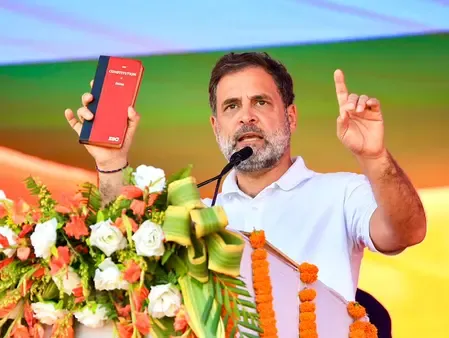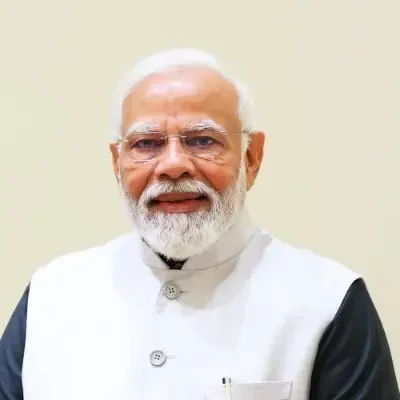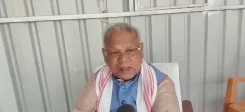Is the ISI Shifting Terror Tactics to Target Youth from Kashmir?

Synopsis
Key Takeaways
- Jammu and Kashmir youth are being targeted for terrorist recruitment.
- Shift from localized attacks to nationwide operations by terror groups.
- ISI is struggling to establish local outfits post the crackdown on Hizbul Mujahideen.
- Increased raids in Jammu and Kashmir aim to thwart recruitment efforts.
- The situation poses a risk of further alienation of Kashmiris.
New Delhi, Nov 14 (NationPress) Investigations into the Delhi Red Fort explosion reveal a significant connection to Jammu and Kashmir.
Maulvi Irfan Ahmed, hailing from Jammu and Kashmir, managed the Faridabad module, which is associated with the Delhi incident.
The car bomber, Dr Umar Nabi, was also a resident of Pulwama.
Intelligence sources indicate that this indicates a distinct change in the strategy employed by Jaish-e-Mohammad (JeM) in India.
Previously, terror organizations outside of Pakistan aimed to recruit individuals for executing attacks specifically in Jammu and Kashmir.
However, the emerging trend now highlights a strategy where these groups are recruiting from Jammu and Kashmir to deploy operatives across the nation.
When the ISI established groups like The Resistance Front (TRF) and Hizbul Mujahideen, their goal was to form local factions.
This approach was meant to portray a narrative of local Kashmiris seeking liberation from Indian governance.
The Hizbul Mujahideen, originally a homegrown entity under ISI control, faced a crackdown in Jammu and Kashmir by security forces.
This situation escalated after the killing of Burhan Wani, leading to the elimination of key commanders of the group. Consequently, the TRF emerged, primarily recruiting within Jammu and Kashmir.
Nevertheless, the Indian armed forces executed Operation Sindoor as retaliation for the Pahalgam assaults.
Post this operation, the TRF faded from the scene. Since then, the ISI has struggled to establish a successful local outfit in Jammu and Kashmir.
The recent Delhi explosion signifies a tactical shift, as JeM has been enlisting individuals from Jammu and Kashmir to carry out operations in various parts of the country.
The JeM that formed the Faridabad module was in the midst of recruiting more operatives from Jammu and Kashmir for additional modules throughout the nation.
Officials noted that the ISI is determined to involve locals from Jammu and Kashmir in these modules for executing attacks nationwide.
A key objective is to create a division between Kashmiris and the rest of the country.
In the aftermath of the Pahalgam attack, a significant rift was nearly established between Kashmir and the rest of India, resulting in hostile sentiments against Kashmiris. This is the narrative the ISI aims to perpetuate, fostering a sense of alienation among local Kashmiris to drive them toward the ISI's agenda.
Since the abrogation of Article 370, numerous changes have unfolded in Jammu and Kashmir.
The locals have experienced peace after an extended period, leading to a surge in tourism that has greatly benefitted them.
An official noted that this transition is something the ISI has found difficult to accept.
Furthermore, it has hindered their agenda as the youth, who once engaged in stone-pelting, have shifted their focus to their livelihoods.
The ISI and JeM initiated a campaign to recruit individuals from Jammu and Kashmir for attacks across the country.
They also tasked Jamaat-e-Islami with identifying individuals for this mission. The Intelligence Bureau has flagged this scheme of the terror outfit, resulting in nearly 500 raids across Jammu and Kashmir in recent days.
An official from the Intelligence Bureau emphasized the urgent necessity to identify those still supporting the ISI to prevent the issue from escalating.
Raids are currently underway in various locations related to the Jamaat, which is classified as a banned organization in India.
The agencies are concentrating on Jamaat affiliates as well as individuals linked to Jaish-e-Mohammad.
The scrutiny also extends to those responsible for distributing JeM posters in Jammu and Kashmir.
This clearly indicates that the ISI, with the aid of Jamaat, has initiated a substantial recruitment effort aimed at integrating locals into various JeM modules throughout the country.









